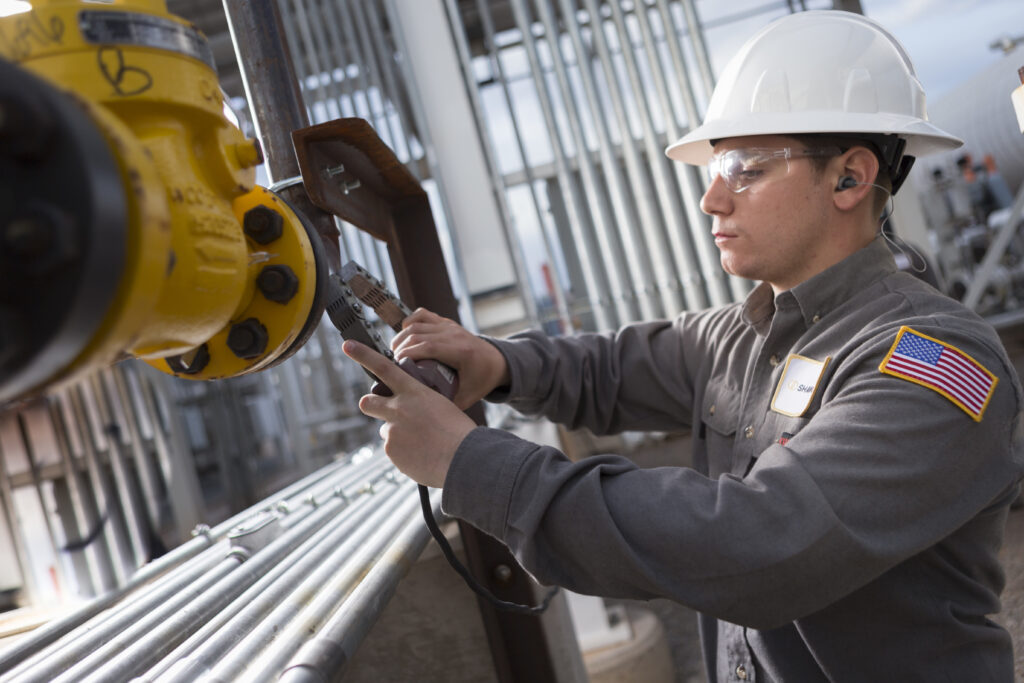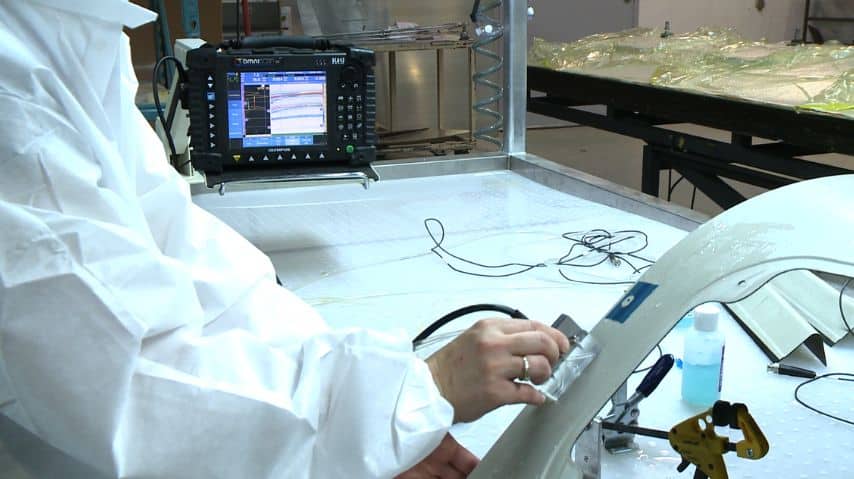In today’s fast-paced world, ensuring effective synchronization in field inspections is crucial for maintaining quality and safety standards in various industries. By adopting best practices, professionals can optimize inspection processes, reduce errors, and improve communication among team members. This article will explore the key best practices for synchronization in field inspections to help industry professionals achieve success.

Understanding the Importance of Synchronization in Field Inspections
Synchronization in field inspections is vital for ensuring that all inspection activities are well-coordinated, timely, and accurate. It helps in minimizing discrepancies, improving data accuracy, and enhancing overall operational efficiency. For more insights on the significance of synchronization, visit this resource.
Key Components of Effective Synchronization
Technology Integration
Utilizing advanced technology is essential for achieving effective synchronization. Implementing digital tools and software solutions can streamline communication and data sharing among team members. For more on synchronization tools, check this guide.
Real-Time Data Sharing
Real-time data sharing is critical for maintaining synchronization in field inspections. It allows inspectors to access up-to-date information, reducing the chances of errors and improving decision-making. Learn more about real-time data sharing in this article.
Training and Skill Development
Ensuring that all team members are adequately trained is crucial for effective synchronization. Regular training sessions can help enhance the skills of inspectors, enabling them to work more efficiently and accurately.
Implementing Best Practices for Synchronization
Establish Clear Communication Channels
Effective communication is the backbone of successful synchronization. Establishing clear communication channels helps in reducing misunderstandings and ensuring that all team members are on the same page.
Regularly Review and Update Processes
Regularly reviewing and updating inspection processes is essential for maintaining synchronization. It helps in identifying areas for improvement and ensures that the team is following the latest industry standards.
Utilize Collaborative Platforms
Collaborative platforms enable team members to work together seamlessly, even when they are in different locations. These platforms facilitate data sharing, communication, and project management, enhancing overall synchronization.
Benefits of Synchronization in Field Inspections
Improved Accuracy and Efficiency
Synchronization leads to improved accuracy and efficiency in inspections. By minimizing errors and streamlining processes, companies can save time and resources while maintaining high-quality standards.
Enhanced Safety and Compliance
By ensuring that all inspection activities are synchronized, organizations can enhance safety and compliance with industry regulations. This reduces the risk of accidents and ensures that the company meets all required standards.
Better Resource Allocation
Synchronization helps in better resource allocation by ensuring that all team members are working efficiently and effectively. This leads to optimal use of resources and minimizes wastage.
Challenges in Achieving Synchronization
Technological Barriers
One of the primary challenges in achieving synchronization is technological barriers. Organizations must invest in the right technology to overcome these challenges and ensure effective synchronization. For more on overcoming technological barriers, refer to this article.
Resistance to Change
Resistance to change is another challenge that organizations face when implementing synchronization practices. It is essential to communicate the benefits of synchronization effectively to overcome this resistance.
Data Management Issues
Data management is a critical aspect of synchronization. Organizations must ensure that they have efficient data management systems in place to handle the large volumes of data generated during inspections.
Future of Synchronization in Field Inspections
Emerging Technologies
Emerging technologies, such as artificial intelligence and machine learning, are set to revolutionize synchronization in field inspections. These technologies offer advanced capabilities for data analysis and decision-making, further enhancing synchronization.
Increased Automation
Automation is becoming increasingly prevalent in field inspections. By automating repetitive tasks, organizations can improve synchronization and allow inspectors to focus on more critical activities.
Integration with IoT Devices
The integration of IoT devices in field inspections is another trend that is shaping the future of synchronization. These devices enable real-time data collection and sharing, enhancing synchronization efforts.
Conclusion
In conclusion, implementing best practices for synchronization in field inspections is essential for maintaining quality, safety, and efficiency in various industries. By embracing technology, improving communication, and fostering a culture of continuous improvement, organizations can achieve success in their inspection processes. For more on inspection practices, visit this resource.

FAQs
What are the benefits of synchronization in field inspections?
Synchronization in field inspections leads to improved accuracy, efficiency, safety, and compliance. It also helps in better resource allocation and minimizes errors.
How can technology improve synchronization?
Technology can improve synchronization by facilitating real-time data sharing, communication, and collaboration among team members. It also aids in automating tasks and improving decision-making.
What challenges do organizations face in achieving synchronization?
Organizations face challenges such as technological barriers, resistance to change, and data management issues when achieving synchronization. Overcoming these challenges requires investment in technology and effective communication.
This article contains affiliate links. We may earn a commission at no extra cost to you.
